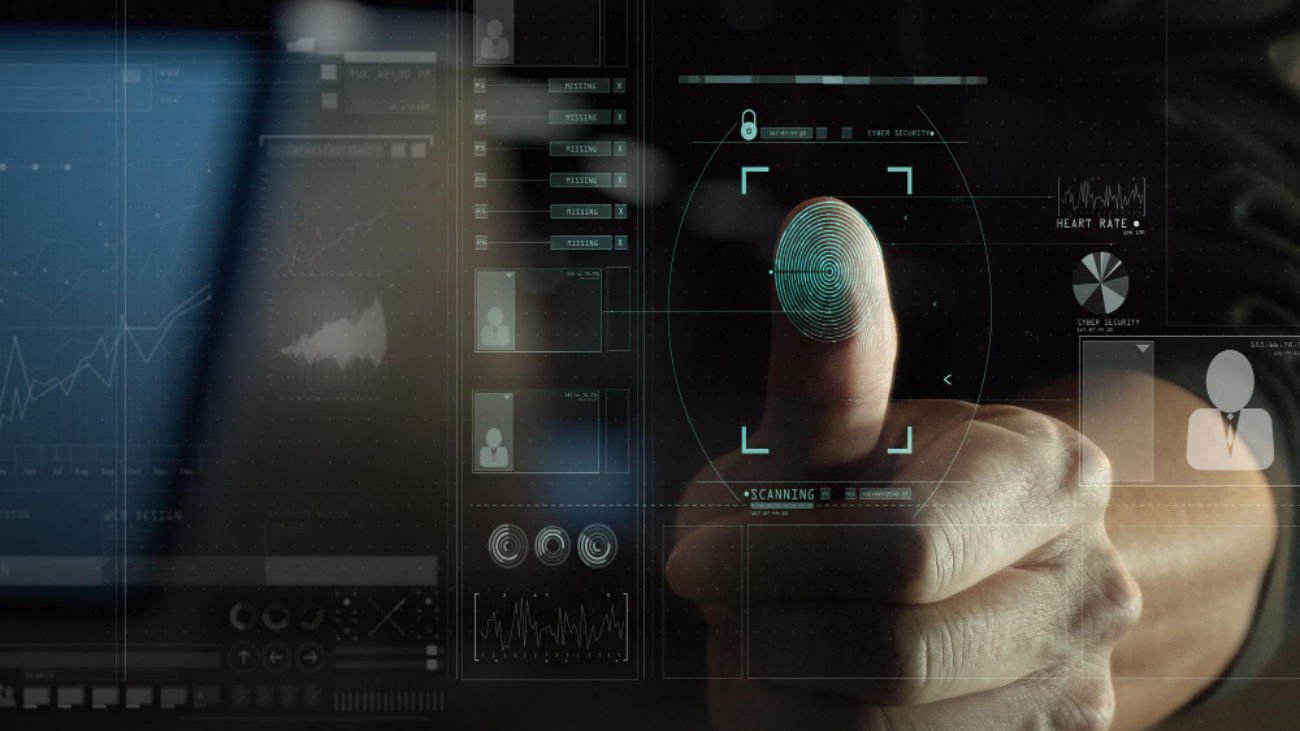Attackers are acting faster, smarter and less predictably than ever before observed Bahaa Abdul Hadi. Our traditional security systems simply cannot deal with this new world. Even with Multi-Factor Authentication (MFA), traditional logins still use a fixed set of rules and are not able to cope with a scenario where the system fails comparing further evidence.
The test is not based on a fixed checklist and keeps evaluating its current context situation, realising real–time risk scores or just enough is made, no more and no less.
Real-Time Risk Analysis: How It Works
At the heart of RBA lies its ability to interpret and act on login data instantly. Rather than treat every login attempt equally, it assesses the surrounding signals and adapts on the fly.
- If a login comes from a trusted device, usual location, and matches behavioral norms, access is granted smoothly.
- If the login deviates from these patterns, say it’s from a new location at an odd time, RBA introduces stronger checks such as an OTP, push notification, or biometric verification.
This fluid response system is driven by real-time data and predefined risk models that learn and evolve continuously.
Signals That Trigger Real-Time Decisions
The strength of RBA lies in its ability to analyze a broad range of signals during each authentication attempt:
- Device fingerprinting: Recognizes if the access is coming from a known or unknown device.
- Geolocation: Flags unusual login attempts from unfamiliar regions or rapid location shifts.
- IP reputation: Blocks or challenges logins from suspicious or blacklisted IPs.
- User behavior: Identifies anomalies in typing speed, navigation patterns, or time of login.
- Login velocity: Detects multiple logins from different locations within short time spans.
These signals feed into an intelligent engine that assigns a dynamic risk score per attempt.
What Real-Time Adaptation Looks Like
Imagine a user logging into their company dashboard at 9:00 AM from their office desktop. The system recognizes the device, IP, and behavior, all familiar. No friction.
Now picture that same user trying to log in at 3:00 AM from a café in a different country, using a new laptop. This triggers an immediate risk response:
- A biometric prompt or SMS verification
- Notification to security teams
- Possible temporary access limitation
This is how RBA adapts, not by blocking access, but by asking smarter questions when things feel off.
Advantages of Real-Time Adaptation
Organizations benefit from this agility in several key ways:
- Reduced fraud: Suspicious activity is caught before it escalates.
- Improved user trust: Legitimate users face fewer unnecessary roadblocks.
- Dynamic protection: Security evolves as user behavior and threats evolve.
- Fewer false positives: Real-time context helps avoid blocking legitimate access.
Use Cases in Action
Banking
A login attempt during a high-value transaction from a new device can trigger a biometric challenge.
Healthcare
When accessing sensitive records remotely, RBA can request secondary verification based on location and device data.
Retail and eCommerce
Prevents fraud by adapting verification during irregular shopping patterns or unusual delivery address changes.
Enabling Real-Time RBA
To fully utilize RBA’s potential, organizations should:
- Invest in behavioral analytics: Understand what “normal” looks like for each user.
- Integrate threat intelligence feeds: Keep risk scoring models current.
- Automate risk scoring: Use AI and machine learning to speed up response time.
- Customize policies: Tailor risk thresholds to your organization’s tolerance levels.
Final Thoughts
Real-time risk-based authentication is as much a strategic response as it is a pure technology upgrade to cope with the current unpredictable threat landscape. By reading context as it moves along and then reacting intelligently, RBA achieves both agility and control. In today’s world where attackers never sleep, your authentication system must always be a little bit faster than theirs. Thank you for your interest in Bahaa Abdul Hadi blogs. For more information, please visit www.bahaaabdulhadi.com







